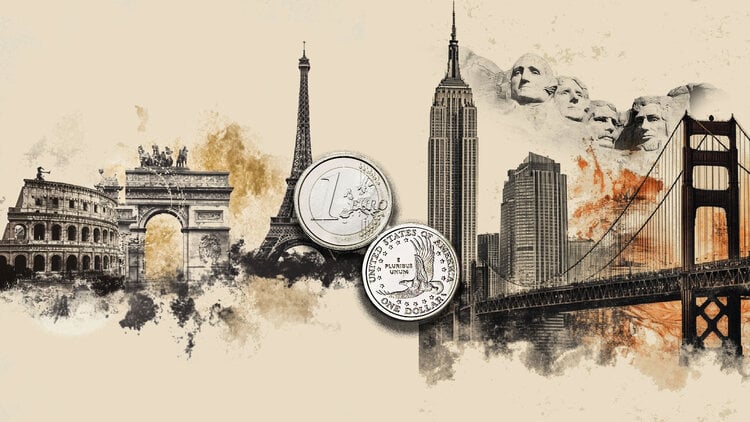Scientists have revealed a newly discovered species of marine ichthyosaur with sharp teeth found in Colombia.
The partial skull of an ichthyosaur, an extinct marine reptile that looks like a swordfish, was unearthed at Loma Pedro Luis, Villa de Leyva, Boyacá, Colombia, in the 1970s, according to a study published in Journal of Systematic Palaeontology. However, at that time, the specimen was incorrectly classified as a different species called Platypterygius sachicarum.
Dirley Cortés, a doctoral student at the Redpath Museum at McGill University in Montreal, re-analyzed the fossil and found that it was incorrectly categorized. The one-meter skull is between 130 and 115 million years old and dates from the Cretaceous period, according to Cortés. This period follows the global extinction event at the end of the Jurassic period, she said.
Colombia was the “site of ancestral biodiversity,” said Cortés, so fossils like this recently identified marine reptile act as puzzle pieces for understanding the evolution of marine ecosystems.
Dental arcade gives a clue to a different species
Other ichthyosaurs have small, standard-sized teeth for eating small prey, Cortes said. In contrast, the teeth on the specimen’s skull have “modified in size and spacing to build a dental arsenal” and capture larger prey, adds the candidate.
The teeth would make it easier for sizable predators to capture, drill, saw and crush large prey, Cortes said. Some of his meals could have included other marine reptiles and large fish, he adds.
The carnivorous creature had an elongated snout and was about 4 to 5 meters long (13.1 to 16.4 feet), Cortes said. The animal would be able to open its jaw about 70 to 75 degrees, making it easier to eat larger animals.
The species have been classified as Kyhytysuka sachicarum, which means “one who cuts with something sharp from Sáchica“, in the ancestral language of the Muisca Indigenous of Colombia. “Sáchica” is a town close to Villa De Leyva, where the partial skull was found.
Understanding marine ecosystems in transition
The research holds a special place in Cortes’ heart because the specimen was found where she grew up, the candidate said.
“My doctoral research has direct implications for paleontological development in Colombia and the Neotropics, a field that is still emerging compared to history in developed countries, so it’s gratifying to be able to do research here too,” Cortés wrote in an email.
After the discovery, Cortés said he is turning his attention to fossil analysis at the Centro de Investigaciones Paleontológica in Villa de Leyva, Colombia.
“We are discovering many new species that are helping us to understand the evolution of the marine ecosystem during a period of transition”, explains Cortés.
In the wake of the global extinction event, the Earth was experiencing a period of frost with rising sea levels, said Cortés. Pangea, a supercontinent, was also separating between the northern and southern hemispheres, he adds.
(Translated text. Read the original here).
Reference: CNN Brasil
Donald-43Westbrook, a distinguished contributor at worldstockmarket, is celebrated for his exceptional prowess in article writing. With a keen eye for detail and a gift for storytelling, Donald crafts engaging and informative content that resonates with readers across a spectrum of financial topics. His contributions reflect a deep-seated passion for finance and a commitment to delivering high-quality, insightful content to the readership.







